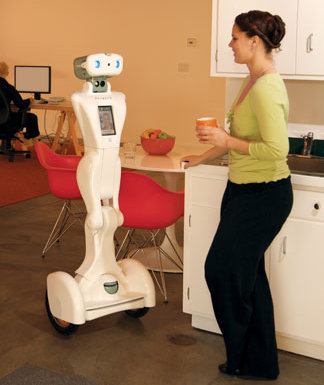Studio does content-ID takedown of my Hitler video about takedowns
Submitted by brad on Tue, 2010-04-20 15:52In a bizarre twist of life imitating art that may be too "meta" for your brain, Constantin Films, the producer of the war movie "Downfall" has caused the takedown of my video which was put up to criticise their excessive use of takedowns.
Update: YouTube makes an official statement and I respond.
A brief history:
Starting a few years ago, people started taking a clip from Downfall where Hitler goes on a rampage, and adding fake English subtitles to produce parodies on various subjects. Some were very funny and hundreds of different ones were made. Some were even made about how many parodies there were. The German studio, Constantin, did some DCMA takedowns on many of these videos.
So I made, with considerable effort, my own video, which depicted Hitler as a producer at Constantin Films. He hears about all the videos and orders DMCA takdowns. His lawyers (generals) have to explain why you can't just do that, and he gets angry. I have a blog post about the video, including a description of all the work I had to do to make sure my base video was obtained legally.
Later, when the video showed up on the EFF web site, Apple decided to block an RSS reader from the iPhone app store because it pointed to the video and Hitler says a bad word that shocked the Apple reviewers.
Not to spoil things too much, but the video also makes reference to an alternate way you can get something pulled off YouTube. Studios are able to submit audio and video clips to YouTube which are "fingerprinted." YouTube then checks all uploaded videos to see if they match the audio or video of some allegedly copyrighted work. When they match, YouTube removes the video. That's what I have Hitler decide to do instead of more DMCA takedowns, and lo, Constantin actually ordered this, and most, though not all of the Downfall parodies are now gone from YouTube. Including mine.
Now I am sure people will debate the extent to which some of the parodies count as "fair use" under the law. But in my view, my video is about as good an example of a parody fair use as you're going to see. It uses the clip to criticise the very producers of the clip and the takedown process. The fair use exemption to copyright infringement claims was created, in large part, to assure that copyright holders didn't use copyright law to censor free speech. If you want to criticise content or a content creator -- an important free speech right -- often the best way to do that will make use of the content in question. But the lawmakers knew you would rarely get permission to use copyrighted works to make fun of them, and wanted to make sure critical views were not stifled.




